Digital asset management software – In today’s digital landscape, managing a vast library of images, videos, documents, and other digital assets is crucial for any organization. From marketing teams needing quick access to brand assets to legal departments requiring secure storage of sensitive documents, efficient digital asset management is no longer a luxury, but a necessity. This comprehensive guide explores the world of Digital Asset Management (DAM) software, explaining its functionalities, benefits, and how to choose the right solution for your needs.
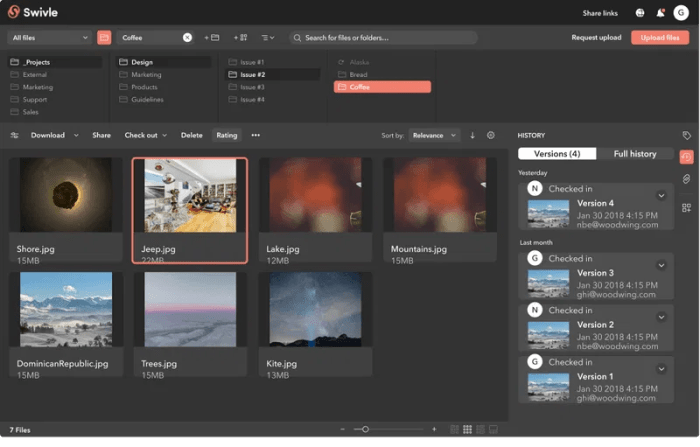
Source: b-cdn.net
We’ll delve into key features, explore different DAM software types, and address frequently asked questions to provide a complete understanding of this powerful tool.
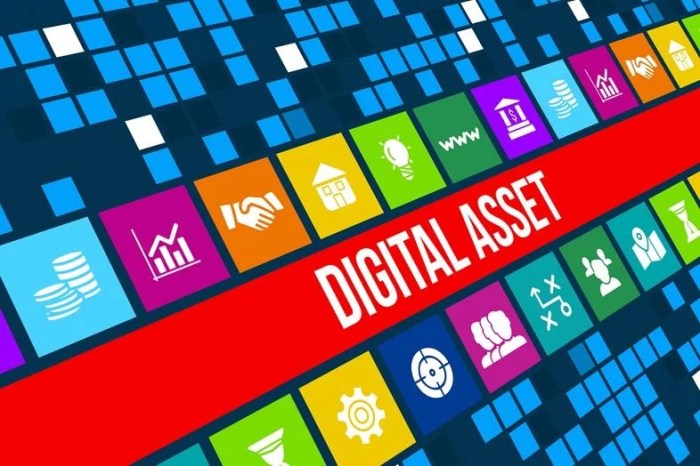
Source: thedigitalbridges.com
Understanding Digital Asset Management (DAM) Software: Digital Asset Management Software
Digital Asset Management software is a centralized system designed to store, organize, manage, and distribute digital assets. It goes beyond simple file storage; DAM solutions offer robust features to streamline workflows, enhance collaboration, and ensure brand consistency. Think of it as a highly organized and secure digital library, providing easy access to the right assets at the right time.
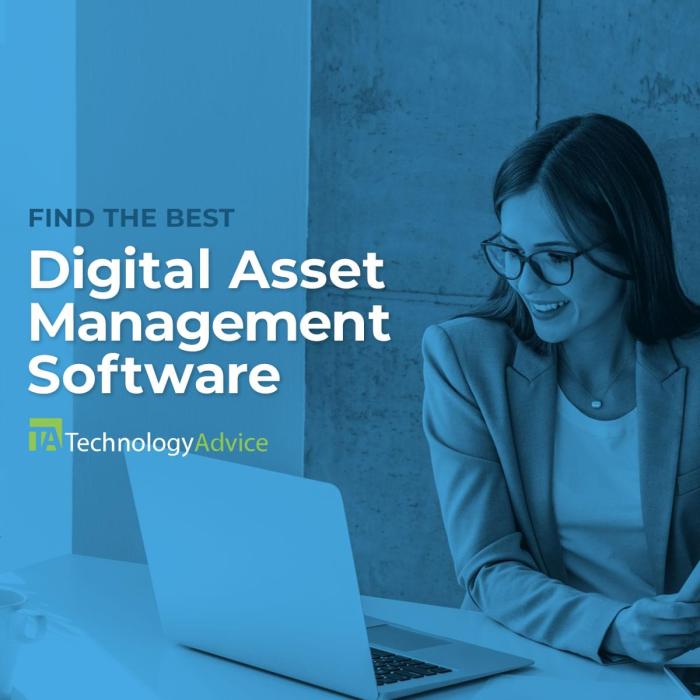
Source: technologyadvice.com
Key Features of DAM Software
- Centralized Storage: Consolidates all digital assets in a single, easily accessible location, eliminating the chaos of scattered files.
- Metadata Management: Allows for detailed tagging and categorization of assets using s, descriptions, and other metadata, enabling efficient searching and retrieval.
- Version Control: Tracks changes to assets over time, preventing confusion and ensuring the use of the most up-to-date versions.
- Access Control and Permissions: Enables granular control over who can access and modify specific assets, enhancing security and protecting intellectual property.
- Workflow Automation: Automates tasks such as approval processes, asset distribution, and reporting, saving time and improving efficiency.
- Integration Capabilities: Seamlessly integrates with other business applications such as CRM, marketing automation platforms, and content management systems (CMS).
- Digital Rights Management (DRM): Protects assets from unauthorized use and distribution, ensuring compliance with copyright laws.
- Search and Retrieval: Provides powerful search functionalities, including searches, metadata filtering, and facial recognition (for images), enabling quick and easy asset discovery.
- Branding and Style Guides: Helps maintain brand consistency by providing a centralized repository for brand assets and style guidelines.
- Reporting and Analytics: Tracks asset usage, providing valuable insights into asset performance and user behavior.
Types of Digital Asset Management Software
DAM software comes in various forms, catering to different needs and budgets. The best choice depends on your organization’s size, complexity, and specific requirements.

Source: techfunnel.com
Cloud-Based DAM
Cloud-based DAM solutions are hosted on the vendor’s servers, eliminating the need for on-premise infrastructure. They offer scalability, accessibility, and cost-effectiveness, making them a popular choice for many organizations. Examples include Bynder, Adobe Experience Manager Assets, and Widen.
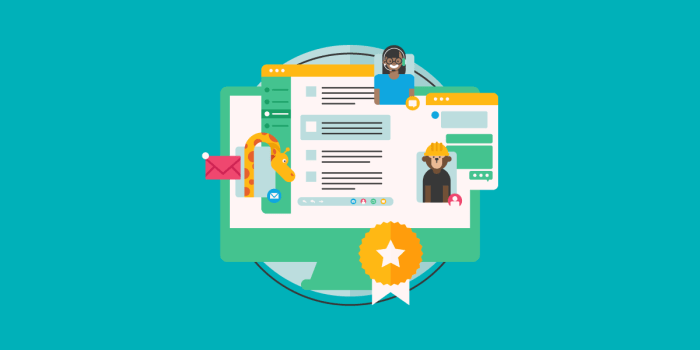
Source: thedigitalprojectmanager.com
On-Premise DAM, Digital asset management software
On-premise DAM solutions are installed and maintained on your own servers. This offers greater control over data security and customization but requires significant upfront investment and ongoing IT maintenance. This option is often preferred by organizations with stringent security requirements or highly customized needs.
Hybrid DAM
Hybrid DAM solutions combine elements of both cloud-based and on-premise systems. This approach allows organizations to leverage the benefits of both models, such as the scalability of the cloud and the security of on-premise storage.
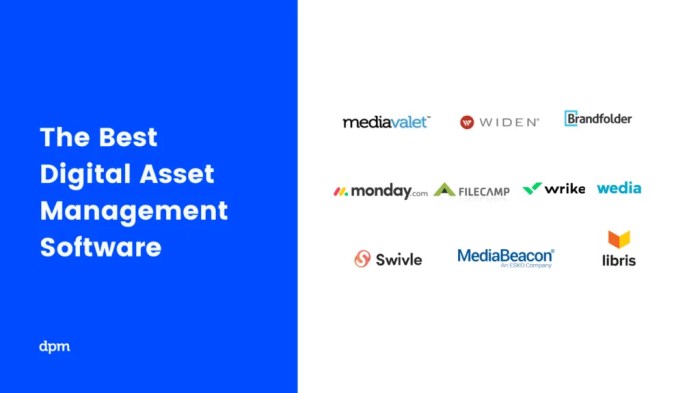
Source: b-cdn.net
Choosing the Right DAM Software
Selecting the appropriate DAM software involves careful consideration of several factors:
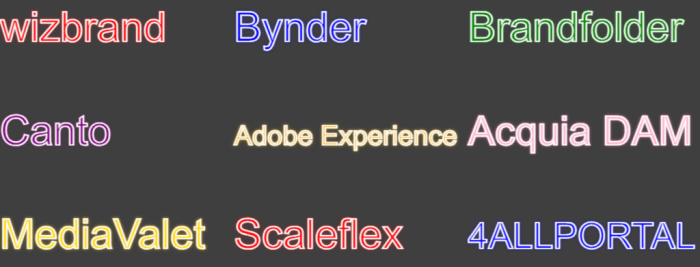
Source: bestdevops.com
- Scalability: Ensure the software can handle your current and future asset volume and user needs.
- Integration: Verify compatibility with your existing systems (CRM, CMS, marketing automation platforms).
- Security: Assess the software’s security features to protect your valuable assets.
- Usability: Choose a user-friendly interface that is easy for your team to learn and use.
- Cost: Consider both the initial investment and ongoing maintenance costs.
- Support: Ensure the vendor provides adequate technical support and documentation.
Benefits of Implementing DAM Software
Implementing a robust DAM system offers numerous benefits, including:
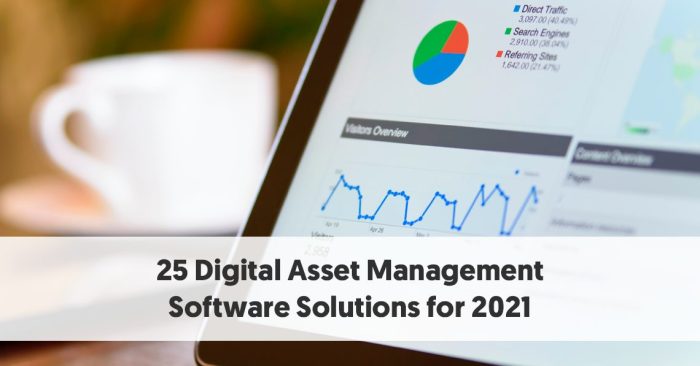
Source: influencermarketinghub.com
- Improved Brand Consistency: Centralized access to brand assets ensures consistent brand messaging and visual identity.
- Increased Efficiency: Streamlined workflows and automated tasks save time and resources.
- Enhanced Collaboration: Facilitates easy sharing and collaboration on assets across teams.
- Reduced Costs: Eliminates the costs associated with searching for and recreating assets.
- Improved Security: Protects valuable assets from unauthorized access and distribution.
- Better ROI on Marketing Assets: Improved asset management leads to better utilization of marketing materials and higher ROI.
Frequently Asked Questions (FAQ)
- What is the difference between DAM and cloud storage? Cloud storage primarily focuses on file storage, while DAM software offers advanced features for organizing, managing, and distributing assets, including metadata management, workflow automation, and access control.
- How much does DAM software cost? The cost varies greatly depending on the vendor, features, and number of users. Pricing models can include subscription fees, per-user fees, or a combination of both.
- How long does it take to implement DAM software? Implementation time depends on the complexity of the system and the size of your asset library. It can range from a few weeks to several months.
- What are the best practices for DAM implementation? Thorough planning, user training, and ongoing maintenance are crucial for successful DAM implementation.
- Can DAM software integrate with my existing systems? Most DAM solutions offer integration capabilities with various business applications, but compatibility should be verified before purchase.
Resources
Conclusion
Digital Asset Management software is a critical tool for organizations of all sizes seeking to streamline their workflows, enhance collaboration, and protect their valuable digital assets. By understanding the key features, different types, and benefits of DAM, you can choose the right solution to meet your specific needs and unlock significant improvements in efficiency and productivity.
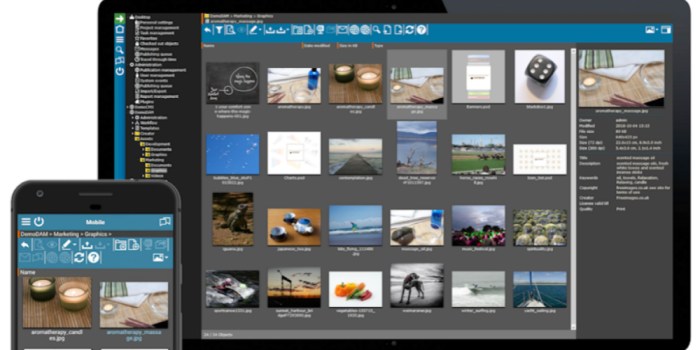
Source: geekflare.com
Call to Action
Ready to transform your digital asset management? Contact us today for a free consultation and let us help you find the perfect DAM solution for your organization.
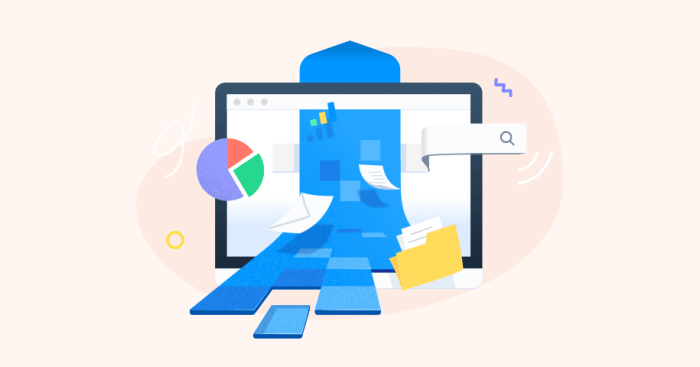
Source: amazonaws.com
Popular Questions
What types of files can digital asset management software handle?
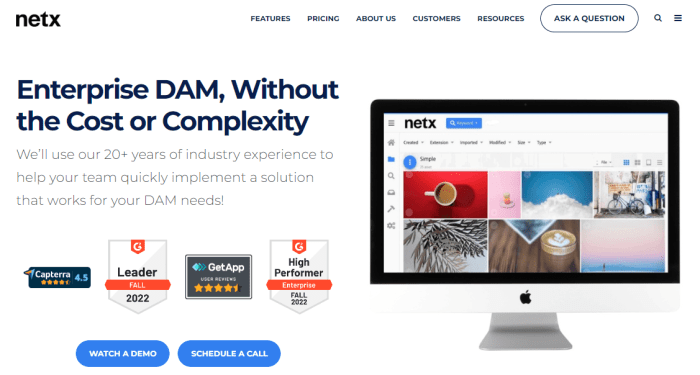
Source: govisually.com
Most systems support a wide variety of file types, including images, videos, documents, audio files, and more. Specific capabilities vary depending on the software chosen.
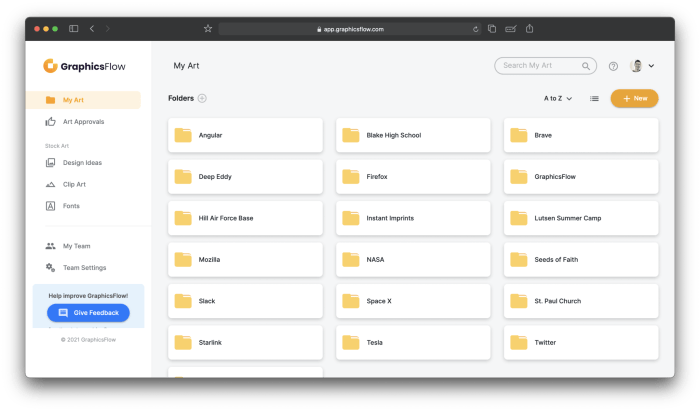
Source: graphicsflow.com
How much does digital asset management software cost?
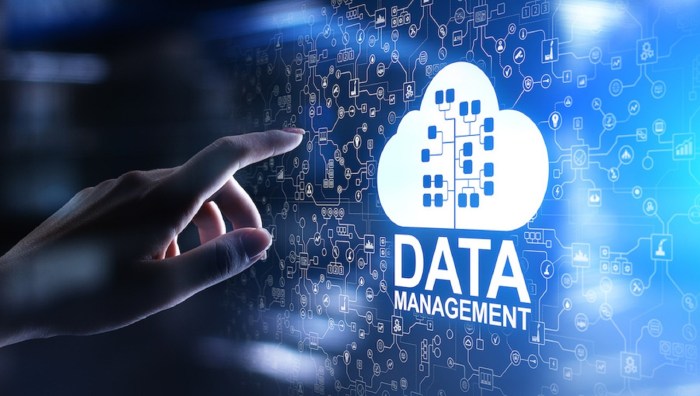
Source: webwelder.net
Pricing varies greatly depending on the features, scalability, and vendor. Options range from cloud-based subscription models to on-premise solutions with higher upfront costs.
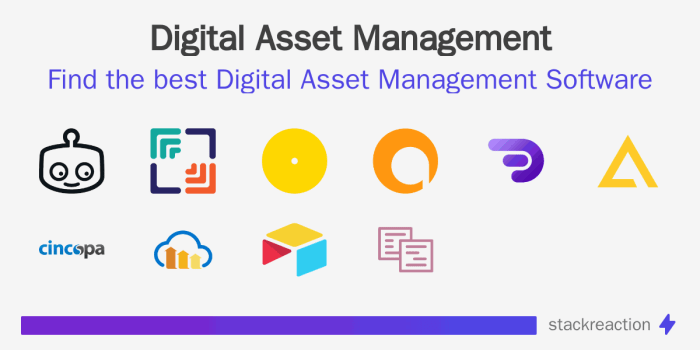
Source: stackreaction.com
How can I choose the right digital asset management software for my needs?
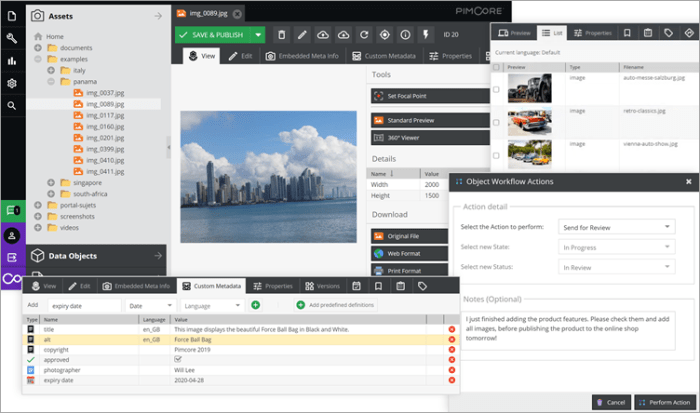
Source: softwaretestinghelp.com
Consider factors such as the number of users, the types of assets managed, required integrations with other systems, and your budget. A thorough evaluation of different platforms is recommended.
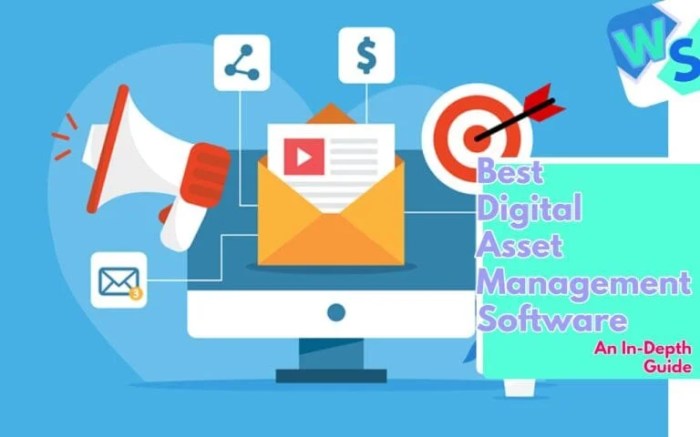
Source: winsavvy.com
What security features are typically included in digital asset management software?
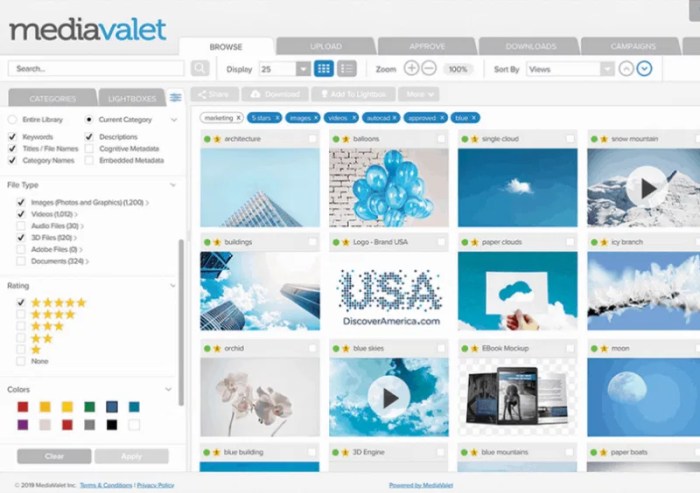
Source: b-cdn.net
Common security features include user authentication, access controls, encryption, and audit trails. The specific features vary by vendor and pricing tier.
